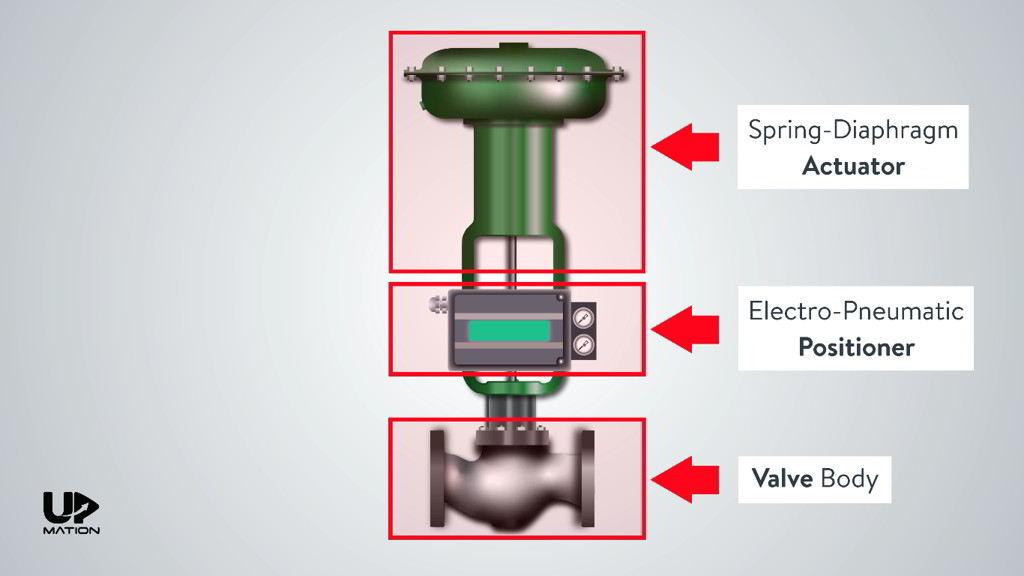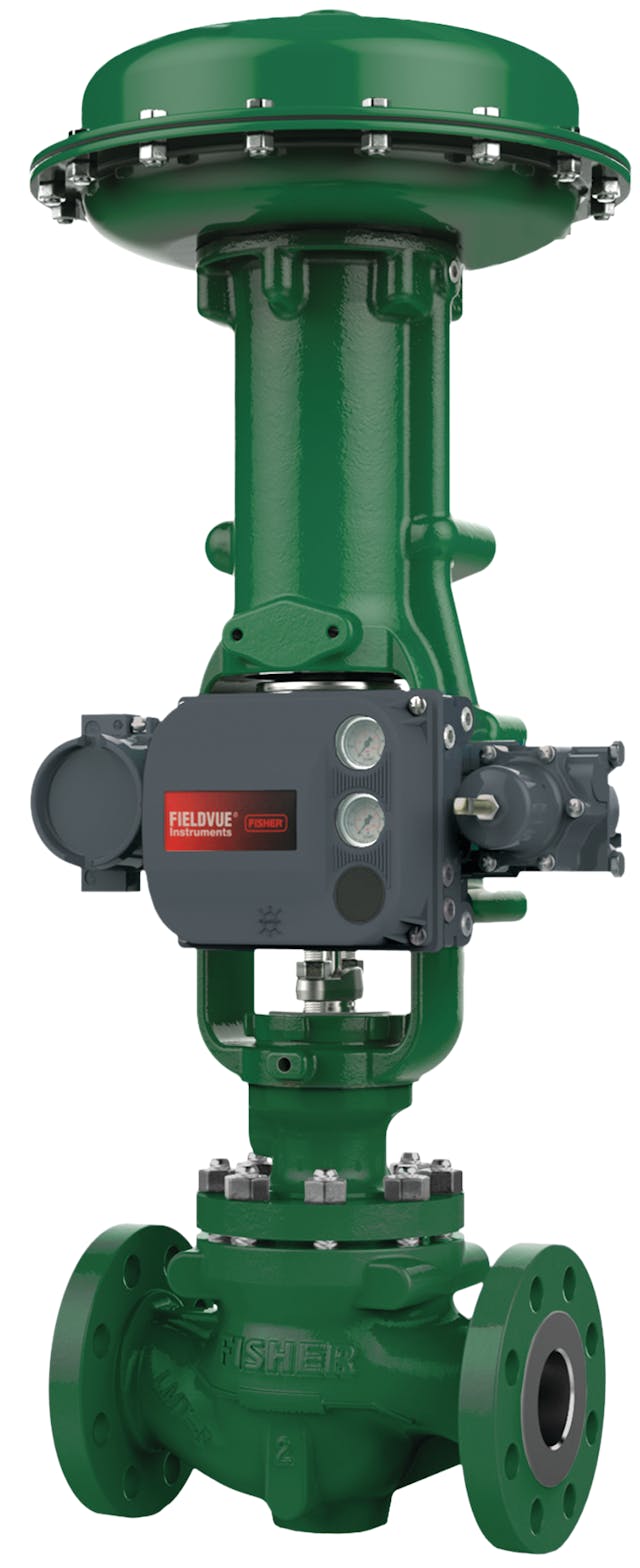Exploring the Capability of Modern Control Valves in Industrial Applications
Exploring the Capability of Modern Control Valves in Industrial Applications
Blog Article

Maximize Power Cost Savings and Comfort With Advanced Structure Automation Controls
In the world of contemporary architecture and center administration, the integration of innovative structure automation controls stands as a pivotal advancement. The merging of innovation and sustainability has birthed a brand-new era where power effectiveness, comfort optimization, and functional streamlining are no much longer distant desires however attainable facts. By using the power of automation, buildings can adjust, respond, and evolve in manner ins which were as soon as unimaginable. The possibility for considerable power savings and boosted comfort is not simply an assurance however an opportunity waiting to be satisfied. This paradigm shift in structure monitoring holds the essential to opening a world where ecological conscientiousness and resident wellness sympathetically exist together within the walls of our structures.
Power Efficiency Advantages
Power efficiency advantages can dramatically decrease energy usage and functional prices in structures. By implementing energy-efficient practices and innovations, building proprietors and drivers can attain significant financial savings while also contributing to environmental sustainability. One of the primary advantages of improving energy efficiency in structures is the decrease of energy costs. Energy-efficient systems, such as innovative structure automation controls, can maximize the usage of sources like heating, cooling, and lighting, leading to lower power costs gradually.
Additionally, improved power performance can prolong the life-span of structure devices and systems. By running more effectively, a/c systems, lighting fixtures, and various other structure components experience less wear and tear, leading to reduced maintenance and replacement expenses. Additionally, energy-efficient buildings commonly command higher building values and rental prices, giving lasting monetary advantages to proprietors.
Furthermore, power efficiency can enhance occupant comfort and performance. Effectively controlled indoor settings with ideal illumination and thermal problems create an even more helpful and pleasant work area, resulting in enhanced employee fulfillment and performance. In general, the energy efficiency advantages related to innovative structure automation controls are multifaceted, including price financial savings, environmental stewardship, and passenger wellness.
Improved Convenience Control
Enhancing comfort control in building environments needs an advanced integration of innovative automation systems for ideal owner well-being. By using advanced structure automation controls, centers can tailor the interior atmosphere to meet the certain demands and choices of residents. These systems make it possible for specific guideline of lighting, air flow, and temperature level, creating a comfortable and efficient ambience. Owner satisfaction and performance are very closely connected to thermal comfort, making it important to have systems in position that can adjust to transforming conditions in real-time.
Improved convenience control goes beyond basic temperature level modifications. It includes functions such as individualized setups, tenancy sensors, and all-natural light use to develop a receptive and dynamic atmosphere. By incorporating these sophisticated controls, buildings can not only improve comfort but also improve power efficiency by optimizing system procedures based on actual tenancy and use patterns. Inevitably, prioritizing owner convenience with innovative automation systems brings about an extra satisfying and healthier interior setting.
Functional Efficiency Improvements

Furthermore, the implementation of real-time monitoring this page and analytics tools makes it possible for structure drivers to determine power inadequacies and functional anomalies immediately. By continuously keeping an eye on power use patterns and system efficiency metrics, changes can be made in real-time to optimize power consumption and ensure peak operational efficiency. control valves. In addition, incorporating need feedback strategies right into structure automation controls can even more improve functional efficiency by dynamically adjusting energy use based upon grid conditions and rates signals
Indoor Climate Optimization
Efficient interior climate optimization is a basic element of building automation controls, ensuring residents' comfort and wellness while optimizing power financial savings. By making use of advanced sensors and controls, developing automation systems can constantly keep an eye on and readjust temperature, moisture levels, air high quality, and ventilation to produce an optimal indoor atmosphere. Preserving comfortable and constant problems not just enhances passenger satisfaction yet likewise increases efficiency and total health.
Interior climate optimization likewise plays a vital role in power performance. By fine-tuning cooling, home heating, and ventilation systems based on real-time information and tenancy patterns, constructing automation controls can considerably minimize power consumption - control valves. Executing strategies such as demand-controlled air flow and thermal zoning can assist minimize power waste while making certain that each area of the building gets the needed conditioning.

Lasting Environment Development
Building automation controls not only enhance indoor climate problems for energy efficiency and resident convenience however also lay the structure for creating a lasting environment through critical monitoring of systems and sources. By incorporating innovative structure automation technologies, such as sensors, actuators, and intelligent software, centers can keep track of and change energy usage in real-time to lessen waste and minimize their carbon footprint. These systems enable predictive upkeep, recognizing prospective problems before they rise and optimizing tools efficiency to enhance durability and effectiveness.
Furthermore, sustainable environment development expands past energy administration to incorporate water preservation, waste decrease, and interior air high quality renovation. Building automation controls can manage water usage, spot leakages, and ensure proper waste disposal practices, adding to general sustainability efforts. In addition, by regulating and checking air flow and filtering systems, these technologies boost resident health and wellness and productivity while decreasing power intake associated with cooling and heating procedures.
Conclusion
In final thought, advanced building automation regulates offer considerable advantages in terms of energy cost savings, comfort control, operational efficiency, interior climate optimization, and producing a sustainable atmosphere. By executing these controls, structures can achieve ideal performance while minimizing power usage and boosting resident convenience. It is noticeable that using advanced automation innovation is essential in improving structure efficiency and developing a much more sustainable future.
Power performance benefits can significantly lower energy usage and operational prices in buildings. Overall, the energy effectiveness benefits linked with sophisticated building automation controls are complex, encompassing cost financial savings, environmental stewardship, and resident well-being.
In addition, integrating need reaction techniques right into structure automation controls can further enhance functional efficiency by dynamically readjusting power usage based on grid problems and prices signals.
Building automation controls not only optimize indoor climate problems for energy performance and passenger convenience but likewise check these guys out lay the structure for developing a sustainable environment via calculated management of systems and sources.In final thought, progressed building automation controls deal substantial advantages in terms of energy financial savings, comfort control, operational efficiency, indoor climate optimization, and developing a sustainable atmosphere.
Report this page